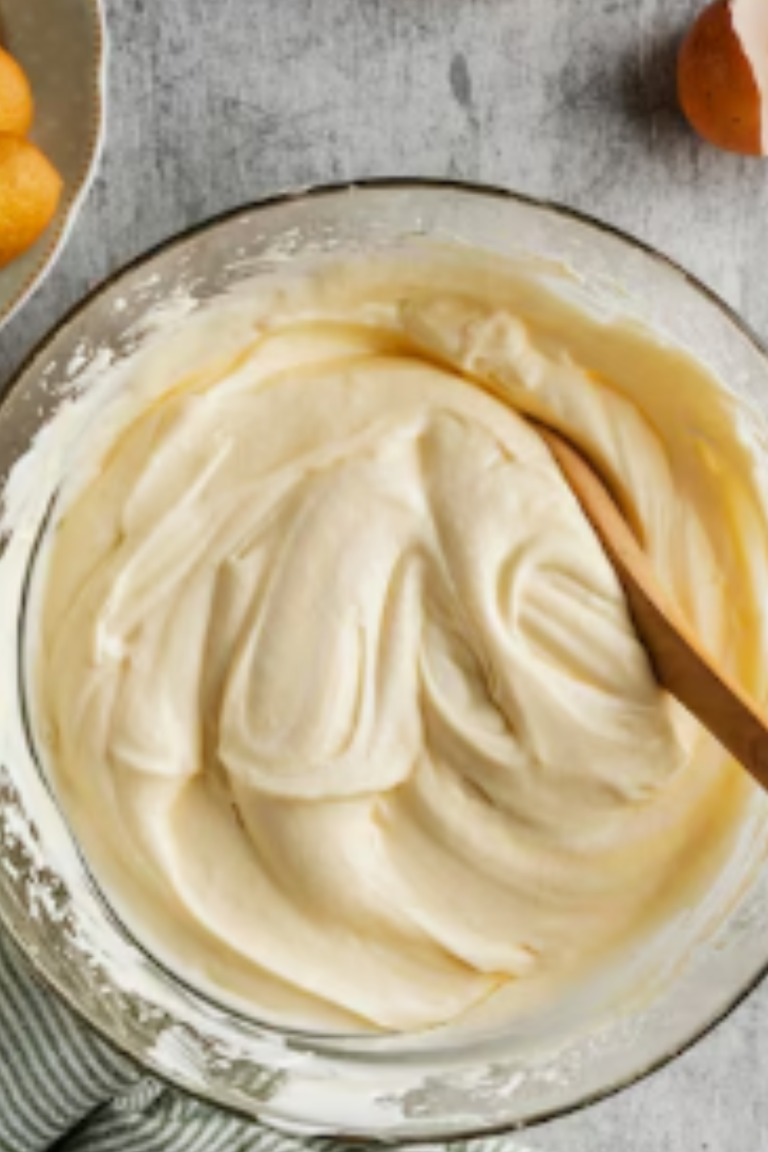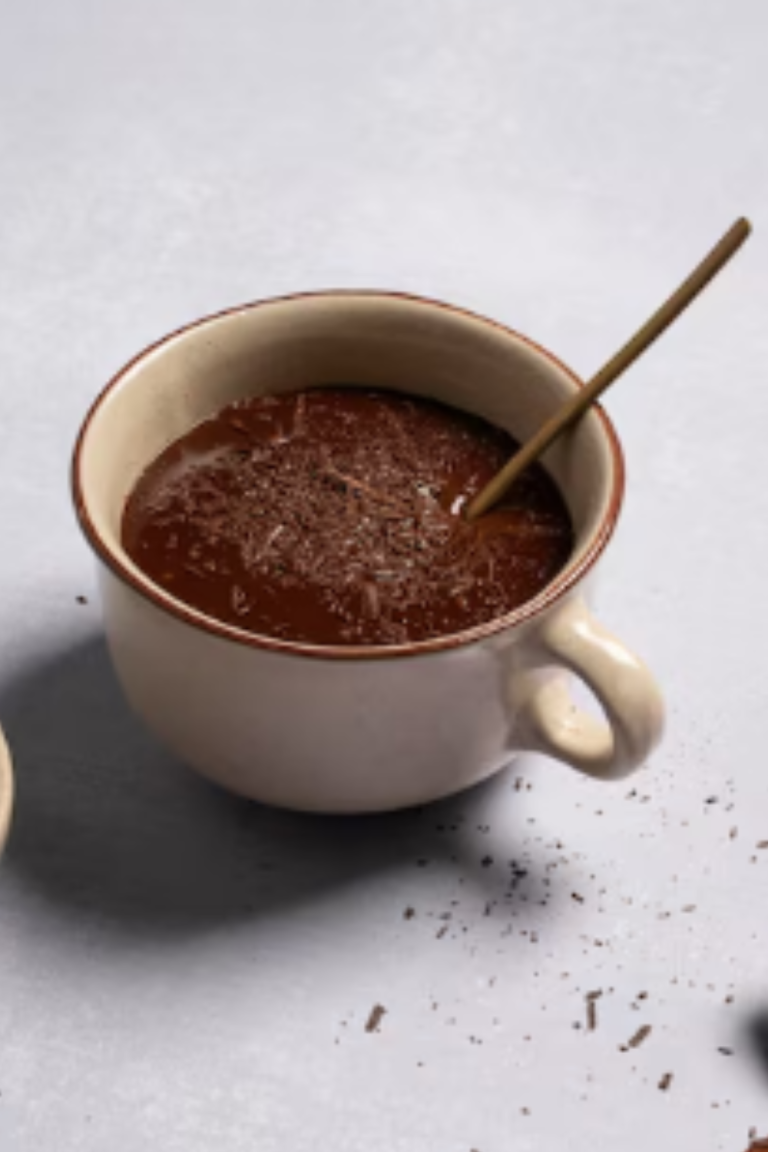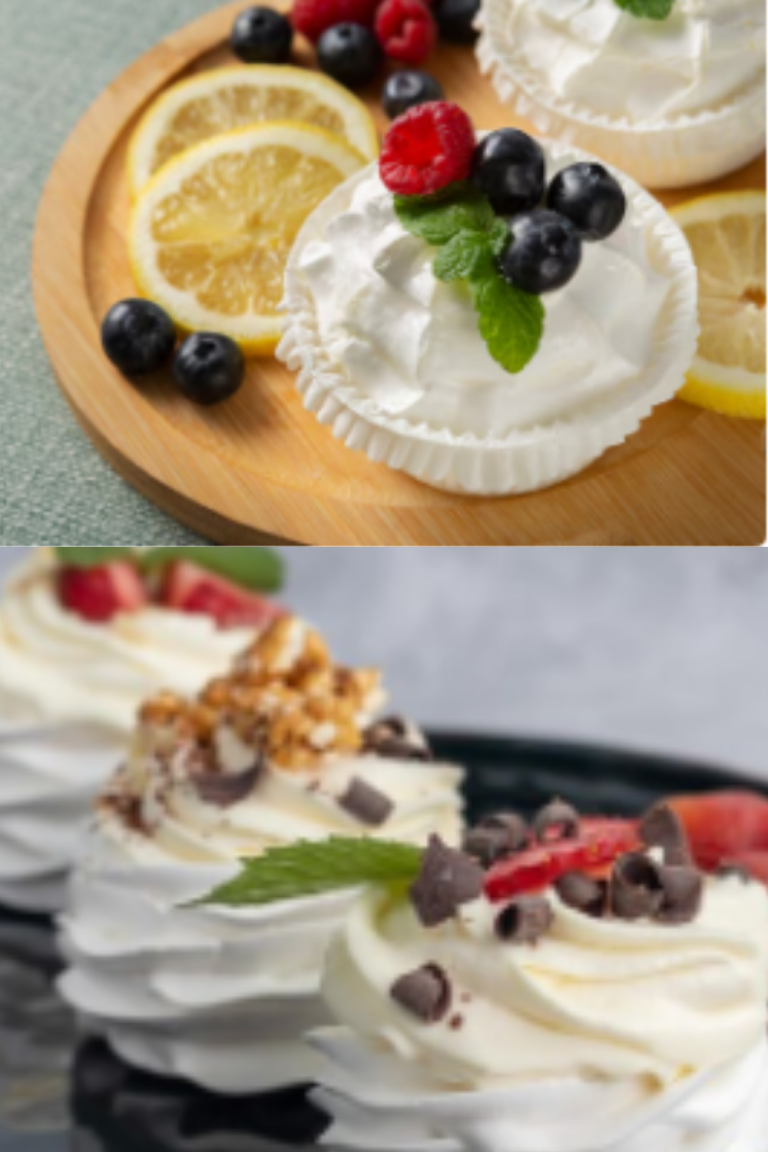CMK: Condensed Milk role in cakes Explained
In this topic, I’m going to talk about the wonderful world of condensed milk and its role in cakes. In my own personal experience, condensed milk has been a game-changer in baking, adding richness and sweetness that elevate desserts to another level.
Table of Contents
ToggleCondensed Milk and Its Role in Cakes
Condensed milk is a staple ingredient in many kitchens, beloved for its creamy texture and sweet taste. But what exactly is condensed milk? Essentially, it’s milk from which water has been removed and sugar has been added, creating a thick, syrupy consistency that’s perfect for desserts. Check out the right Condensed Milk, and ingredients that you need here.

What is Condensed Milk?
Condensed milk starts as regular milk, but through a heating process, about 60% of its water content is evaporated. This reduction results in a concentrated form of milk that is much thicker and sweeter than regular milk. The addition of sugar not only enhances its sweetness but also acts as a preservative, giving condensed milk a long shelf life.
Why is Condensed Milk Used in Cakes?
Now, let’s dive into why condensed milk is such a star ingredient in cakes:
- Moisture and Creaminess: Condensed milk adds moisture to cakes, keeping them soft and fluffy. Its creamy texture also contributes to a smoother batter, ensuring even distribution of ingredients.
- Sweetness: Since condensed milk is already sweetened, it reduces the need for additional sugar in cake recipes. This balance of sweetness is crucial in achieving the perfect taste without overwhelming the palate.
- Caramelization and Browning: When baked, the sugars in condensed milk contribute to caramelization, giving cakes a golden-brown crust and enhancing their flavor profile. Check out the right Condensed Milk, and ingredients that you need here.
How to Use Condensed Milk in Cakes
Incorporating condensed milk into your cake recipes is easy and versatile:
- Substitute for Sugar and Milk: Replace both sugar and some of the milk in your recipe with condensed milk. This adjustment not only simplifies your ingredient list but also enriches the cake’s texture.
- Make a Topping or Frosting: Whip up condensed milk with butter or cream cheese to create a luscious frosting or topping for your cakes. It’s a quick way to add flavor and creaminess.
- Create Unique Flavors: Experiment with flavored condensed milks, such as chocolate or caramel varieties, to introduce new dimensions of taste to your cakes.
Condensed milk isn’t just a pantry staple; it’s a versatile ingredient that enhances the taste, texture, and moisture of cakes. Whether you’re baking a classic vanilla sponge or indulging in a decadent chocolate creation, incorporating condensed milk can elevate your baking to new heights. Check out the right Condensed Milk, and ingredients that you need here.
Drilling Deeper: Comparing Condensed Milk Brands
When it comes to choosing condensed milk for your cakes, you might wonder if there are differences between brands. Let’s drill deeper into this comparison:
Brand Varieties
- Nestlé Sweetened Condensed Milk: Known for its rich and creamy texture, Nestlé’s version is widely popular in baking. It provides a balanced sweetness that enhances the flavors of cakes without overpowering them.
- Eagle Brand Sweetened Condensed Milk: Eagle Brand is another well-loved choice among bakers. It’s praised for its consistency and ability to create smooth, silky batters ideal for cakes and desserts. Check out the right Condensed Milk, and ingredients that you need here.
Flavor and Sweetness
- Consistency: Both Nestlé and Eagle Brand offer a thick, syrupy consistency that blends seamlessly into cake batters. This texture ensures even distribution of sweetness throughout the cake.
- Sweetness Level: While both brands are sweetened, some bakers find slight variations in sweetness. Nestlé may offer a slightly milder sweetness compared to Eagle Brand, which could influence your recipe depending on your preference.
Nutritional Considerations
- Calories and Fat Content: Condensed milk is naturally higher in calories and fat due to its concentrated form. However, opting for low-fat or skim varieties can help reduce calorie intake without sacrificing flavor.
- Ingredient Quality: Checking the ingredient list is crucial for those with dietary restrictions or preferences. Some brands may offer organic or non-GMO options, catering to health-conscious consumers.
When selecting condensed milk for your cakes, consider your flavor preferences, nutritional needs, and baking goals. Both Nestlé and Eagle Brand are excellent choices, each offering unique qualities that can enhance your baking experience. Experiment with different brands to find the perfect match for your favorite cake recipes. Check out the right Condensed Milk, and ingredients that you need here.
comparison tabular
comparison table to summarize the key considerations when choosing condensed milk for cakes, focusing on Nestlé and Eagle Brand varieties:
| Aspect | Nestlé Sweetened Condensed Milk | Eagle Brand Sweetened Condensed Milk |
|---|---|---|
| Texture | Rich and creamy | Smooth and silky |
| Sweetness Level | Balanced sweetness | Slightly more pronounced sweetness |
| Consistency | Thick and syrupy | Thick and syrupy |
| Flavor | Mild, enhances cake flavors | Bold sweetness, distinct flavor |
| Usage | Versatile in baking, desserts | Ideal for rich, creamy desserts |
| Nutritional Profile | Higher in calories and fat | Higher in calories and fat |
| Ingredients | Typically includes milk, sugar | Typically includes milk, sugar |
| Varieties | Standard, organic options | Standard, organic options |
| Availability | Widely available in stores | Widely available in stores |
| Price | Generally affordable | Generally affordable |
Key Considerations
- Texture and Sweetness: Choose based on whether you prefer a richer, more balanced sweetness (Nestlé) or a bolder, sweeter flavor (Eagle Brand).
- Usage: Consider how you plan to use condensed milk—both brands are suitable for baking, but Nestlé may offer a more subtle flavor enhancement, while Eagle Brand provides a stronger sweetness.
- Nutritional Profile: Both brands are similar in terms of calorie and fat content due to the nature of condensed milk, so opt for low-fat versions if health concerns are a priority.
- Ingredients and Varieties: Check labels for specific dietary needs (organic, non-GMO) and explore different varieties offered by each brand to suit your preferences.
- Price and Availability: Availability and pricing may vary by location and store, but both brands are generally accessible and competitively priced. Check out the right Condensed Milk, and ingredients that you need here.
FAQs on Using Condensed Milk in Cakes
Here are some frequently asked questions about using condensed milk in cakes:
1. Can I substitute condensed milk with evaporated milk in cake recipes?
While both are milk products, they serve different purposes in baking. Condensed milk is sweetened and thickened, whereas evaporated milk is unsweetened and thinner. Substituting one for the other will significantly alter the sweetness and texture of your cake. It’s best to use condensed milk when a recipe specifically calls for it.
2. How does condensed milk affect the texture of cakes?
Condensed milk adds moisture and richness to cakes, resulting in a soft and tender texture. Its creamy consistency contributes to a smoother batter, ensuring even baking and a moist crumb.
3. Can I use condensed milk to make frosting for cakes?
Yes, condensed milk can be whipped with butter or cream cheese to create a delicious frosting or topping for cakes. It adds a creamy texture and sweet flavor that complements various cake flavors.
4. Are there any alternatives to condensed milk for baking?
If you’re looking for alternatives due to dietary restrictions or preferences, you can consider coconut milk, almond milk with added sugar, or homemade sweetened condensed milk using milk and sugar cooked down to a thick consistency.
5. Does the brand of condensed milk matter in baking?
The brand of condensed milk can affect the sweetness, consistency, and overall flavor of your cakes. Experimenting with different brands, such as Nestlé and Eagle Brand, can help you find one that best suits your taste and baking needs. Check out the right Condensed Milk, and ingredients that you need here.
Final Words
Using condensed milk in cakes is a fantastic way to enhance flavor and texture effortlessly. Whether you’re baking a classic vanilla cake or experimenting with chocolate or caramel flavors, condensed milk adds a delightful richness that elevates your baking to new heights. Explore different brands and recipes to discover how condensed milk can transform your favorite cakes into crowd-pleasing desserts.

Hi!
I’m Mike, the creator of Forum Foodies. In my own personal experience, understanding ingredients is key to great cooking.
Forum Foodies offers guides on various ingredients, from staples to exotic finds. Join our community, share your experiences, and learn from fellow food lovers.
Have questions or suggestions? Email me at info@forumfoodies.com. Let’s embark on this delicious adventure together.
Happy cooking.
Mike/
Related Posts
- CDM: Condensed Milk role in cakes Clarified
In this topic, I'm going to talk about condensed milk and its role in cakes,…
- EM: Evaporated Milk role in cakes Explained
In this topic, I'm going to talk about Evaporated Milk from my own personal experience.…
- CDS: Condensed Sweetened Milk role in cakes Explained
In this topic, I'm going to talk about Condensed Sweetened Milk (CDS) in my own…
- EMC: Eggless Milk Cream role in cakes Clarified
If you love baking but want to avoid using eggs, then you're in for a…
- DM: Dry Milk role in cakes Clarified
In this topic, I'm going to talk about Dry Milk - its role in cakes,…
- DMP: Double Milk Powder role in cakes Clarified
In this topic, I'm going to talk about DMP - Double Milk Powder in my…
- DMN: Dry Milk Nectar role in cakes Clarified
In this topic, I'm going to talk about a fascinating ingredient in baking: DMN -…
- DMF: Dry Milk Flour role in cakes Clarified
In this topic, I'm going to talk about DMF - Dry Milk Flour in my…
- DMP: Dry Milk Powder role in cakes Clarified
In this topic, I'm going to talk about Dry Milk Powder (DMP) and its role…
- CMT: Coconut Milk Topping role in cakes Explained
In this topic, I'm going to talk about the role of Coconut Milk Topping (CMT)…
- AMF: Almond Milk Frosting its role in cakes Clarified
In this topic, I'm going to talk about Almond Milk Frosting, sharing insights from my…
- CMP: Creamy Milk Paste role in cakes Explained
In this topic, I'm going to talk about a delightful ingredient that has been a…
- AMF: Almond Milk Foam role in cakes Explained
In this topic, I'm going to talk about AMF - Almond Milk Foam in my…
- FSY: Frozen Soy Milk role in cakes Clarified
In this topic, I'm going to talk about FSY - Frozen Soy Milk in my…
- AMC: Almond Milk Concentrate role in cakes Clarified
In this topic, I'm going to talk about AMC - Almond Milk Concentrate and its…





